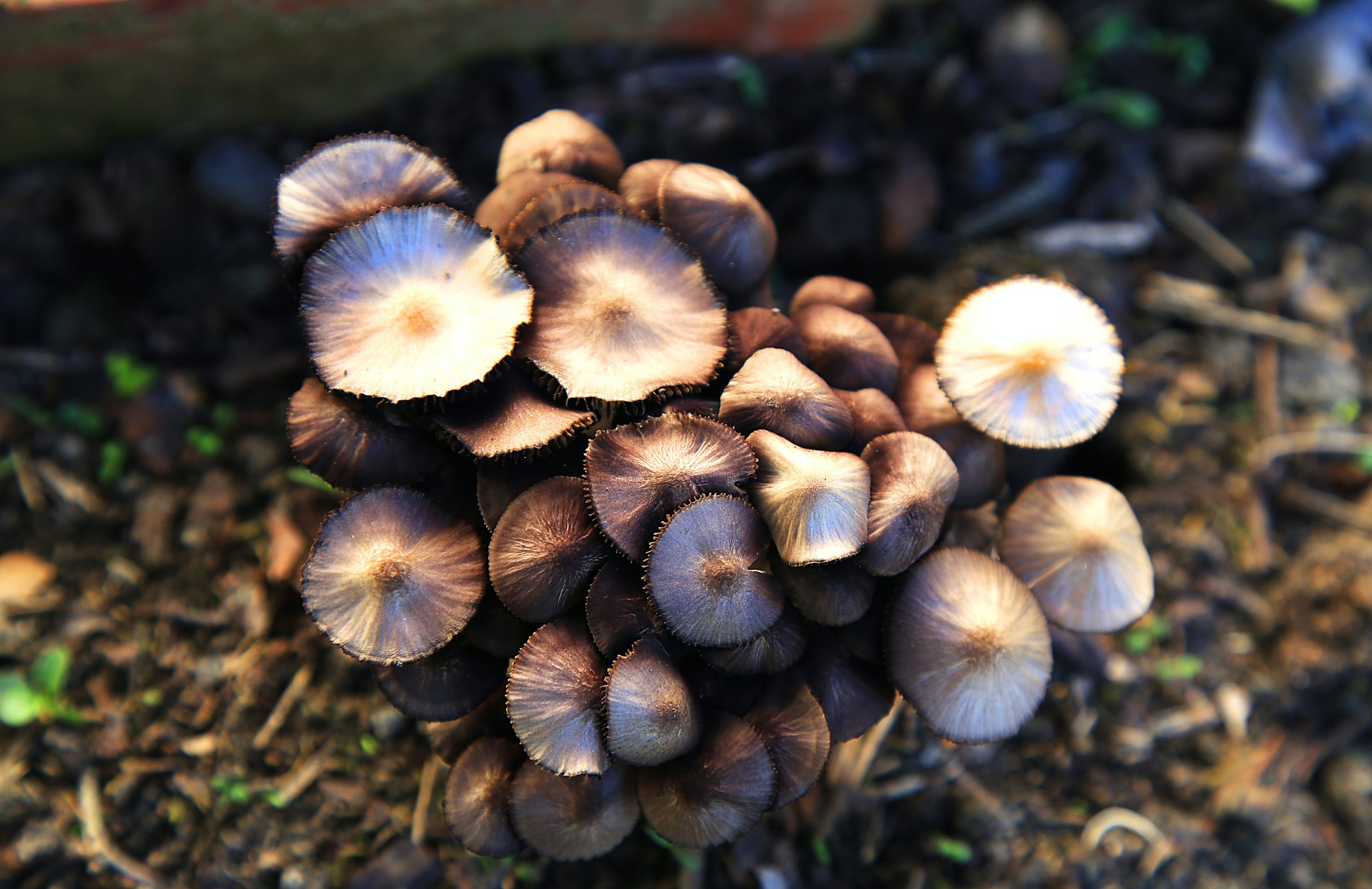- 27 February 2023
- 62
How Mushroom Leather Could Change The Fashion Industry Forever

If you were to ask someone what the fashion industry is made of, the answer may vary from person to person. But one thing is certain: leather plays an integral role in the fashion industry. From jackets and shoes to purses and more, leather has been a staple for centuries. But what if leather didn’t have to come from animals? What if there was an alternative material that could provide similar benefits as traditional leather? Enter mushroom leather. Not only is this material sustainable and better for the environment, but it is also versatile and fashionable. In this blog post, we will explore how mushroom leather could change the fashion industry forever.
The Process of Making Mushroom Leather
Mushroom leather is a type of eco-friendly leather made from mushrooms. The process of making mushroom leather is similar to the process of making traditional leather, but with some key differences.
First, the fungi used to create mushroom leather are grown on agricultural waste products like straw or sawdust. This makes mushroom farming a more sustainable and environmentally friendly option than cattle ranching.
Second, the mushrooms are harvested and then dried. Once dry, the mushrooms are ground into a powder and mixed with other natural binders and oils. This mixture is then formed into sheets or panels and left to cure.
The result is a strong, flexible, and water-resistant material that can be used in many different ways. Mushroom leather can be used to create clothing, shoes, bags, wallets, and more. And because it’s so durable, it can even be used in upholstery or car interiors.
Mushroom leather is an exciting new material with endless potential. It’s vegan-friendly, sustainable, and environmentally friendly. And it could very well revolutionize the fashion industry forever.
The Benefits of Mushroom Leather
Mushroom leather is a new type of sustainable leather made from mushrooms. It has many benefits over traditional leather, including being more environmentally friendly, durable, and biodegradable.
Mushroom leather is made from the mycelium of mushrooms, which is the network of thread-like cells that make up the body of a mushroom. The mycelium is grown on a substrate of waste materials like straw or wood chips. Once it reaches maturity, the mycelium can be harvested and processed into leather.
Mushroom leather has several advantages over traditional cowhide leather. It is more environmentally friendly because it requires less energy and water to produce. It is also longer lasting and stronger than cowhide, as well as being more breathable and biodegradable.
Mushroom leather also has a softer feel than cowhide, making it more comfortable to wear. And because it doesn’t require tanning with harsh chemicals, it is less likely to cause skin irritation.
The benefits of mushroom leather make it a promising alternative to traditional cowhide in the fashion industry. With its low environmental impact and superior durability, mushroom leather could help reduce the fashion industry’s impact on the planet while still providing high-quality products.
The Disadvantages of Mushroom Leather
Mushroom leather is still in its early stages of development and has yet to be proven as a viable, long-term alternative to traditional leather. While it boasts many potential advantages over animal leather, there are also several disadvantages that need to be considered.
One of the biggest disadvantages of mushroom leather is its durability. Animal leather is extremely durable and can last for decades with proper care, while mushroom leather has yet to be proven to have the same longevity. In addition, mushroom leather is also much more sensitive to moisture and temperature changes than animal leather, meaning it is more likely to suffer from water damage or mold growth.
Another potential downside of mushroom leather is its cost. Because it is still a relatively new material, it is currently much more expensive than animal leather. This could make it prohibitively expensive for many consumers, especially when compared to the more affordable synthetic options on the market.
Finally, there are concerns about the environmental impact of mushroom leather production. The process of growing mushrooms requires a lot of water and energy, and there is also the issue of what to do with the leftover mushroo
How Mushroom Leather Could Change the Fashion Industry
Mushroom leather is a new sustainable material that is made from the mycelium of mushrooms. This type of leather is not only environmentally friendly, but it is also very strong and durable. Mushroom leather has the potential to revolutionize the fashion industry because it is a more sustainable alternative to traditional leather.
The production of mushroom leather does not require any animals or harsh chemicals. The mycelium of mushrooms is grown on agricultural waste, such as corn stalks or sawdust. Once the mycelium has grown to the desired size, it is then harvested and dried. The resulting material can be dyed and finished in a variety of ways to create different types of mushroom leather.
This new sustainable material has already started to gain popularity in the fashion industry. Some companies are already using mushroom leather to create clothing and accessories. While the use of this new material is still in its early stages, it has great potential to change the fashion industry forever.
Conclusion
The fashion industry is constantly evolving, and mushroom leather provides a revolutionary new way to create sustainable clothing without compromising on quality or style. By reducing our reliance on animal hide and leather products that are produced in unethical ways, we can drastically reduce the environmental footprint of the fashion industry while still producing beautiful pieces of clothing. We hope this article has given you an insight into what mushroom leather is, how it can be used, and why it could become such a groundbreaking material for the future of fashion.

